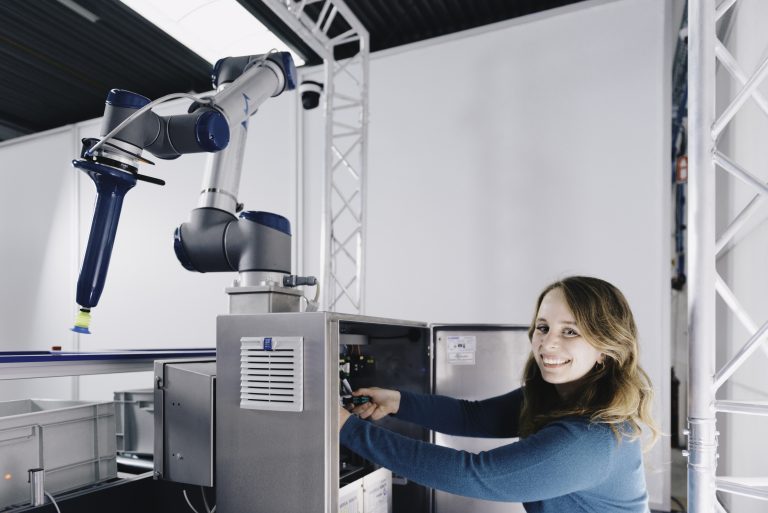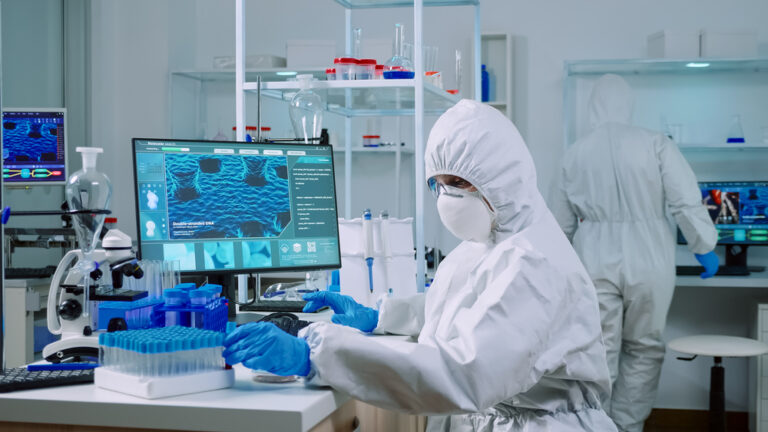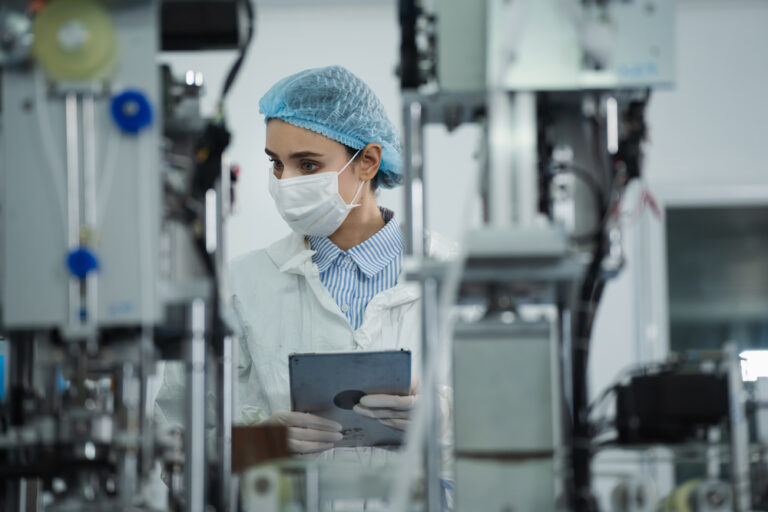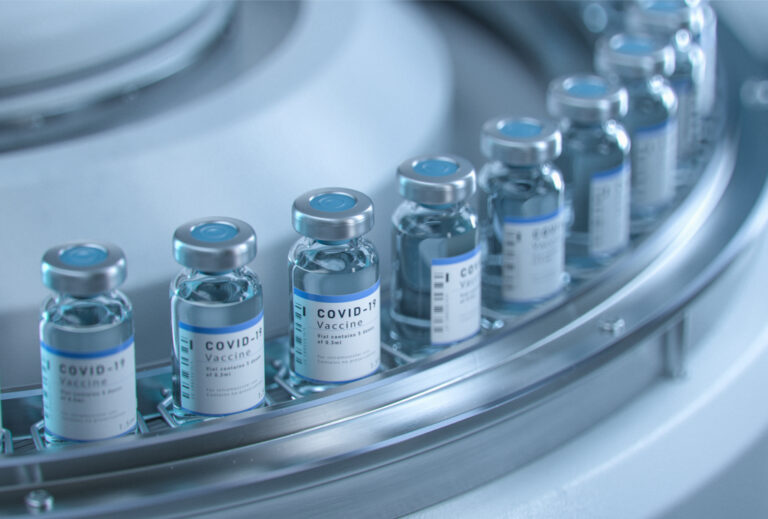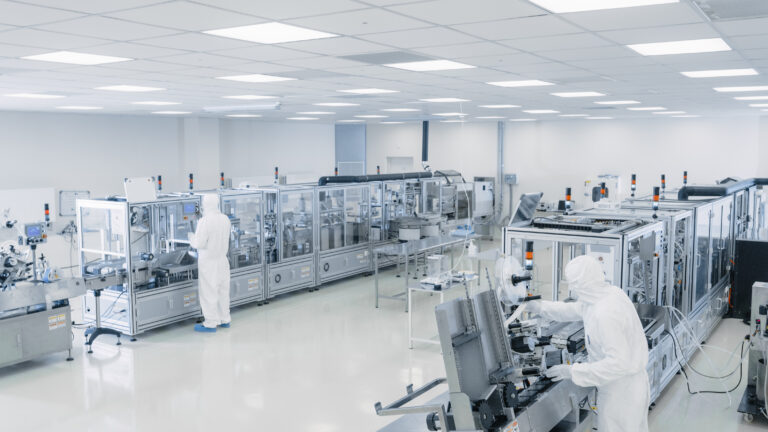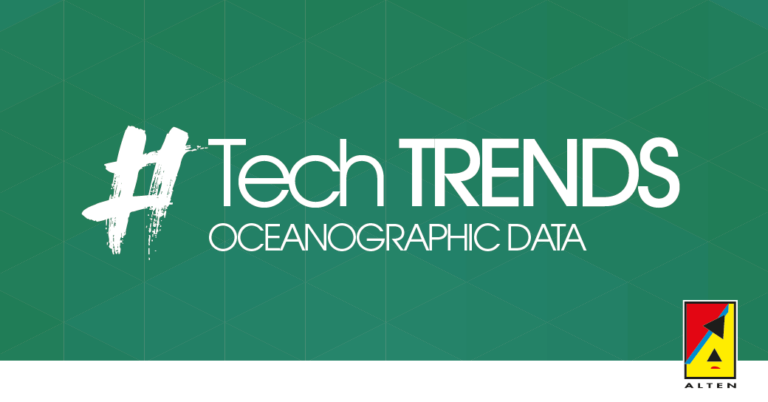Product Carryover Limit and Active Substance (API) Worst Case based on HBEL in Cleaning Validation
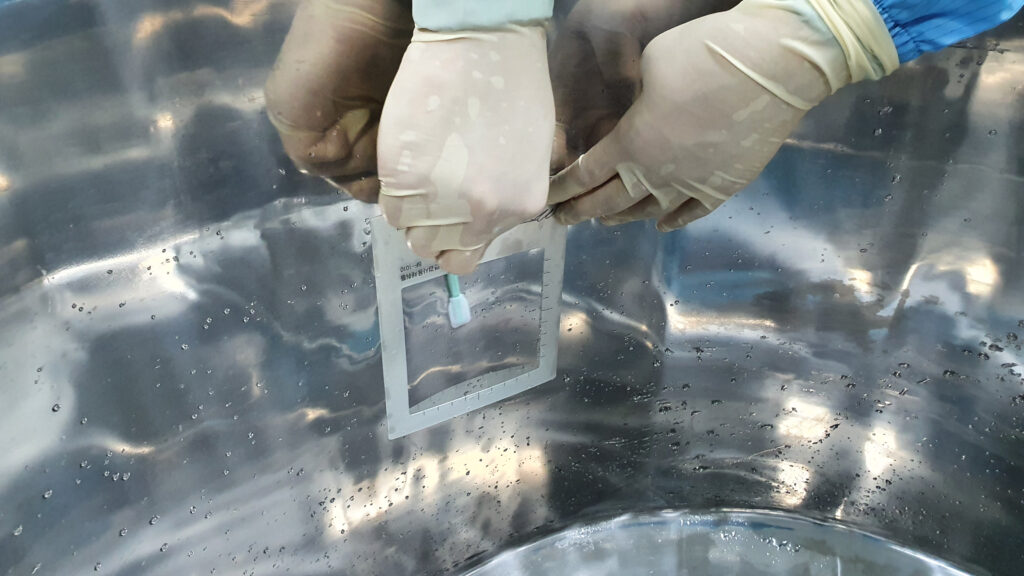
Introduction
Pharmaceutical company is in a dramatically revolutionary time in its history. There have been many new, and for this highly conservative industry, radical movements over the past few years from both regulators and within the industry itself, such as “Quality by Design” (QbD), “Process Analytical Technology” (PAT), as well as “Lean Manufacturing” and “Operational Excellence” (OpEx). All these “changes” are aligning the industry in a new direction toward science-based, risk-based, and cost-effective approaches to ensuring patient safety and product quality (1) whose Cleaning Validation is included within these “changes” in the pharmaceutical company.
Cleaning validation is a critical component of an effective GMP Compliance program at any regulated drug manufacturing facility (2). It is documented evidence that an approved cleaning procedure will reproducibly remove the previous product or cleaning agents used in the equipment below the scientifically set maximum allowable carryover level (3). From both a regulatory and industry standpoint, cleaning validation is recognized as an important activity to establish that product cross contamination is controlled (1).
The risk of cross-contamination in pharmaceutical manufacturing, namely product carryover, came to light in 1988 with the recall of cholestyramine USP. The API used to make this drug had become contaminated with low levels of intermediates and degradants from the production of agricultural pesticides. The contamination was traced to inadequate cleaning and cleaning validation of drums that were previously used to recover solvents during pesticide manufacturing at another facility (4). This incident raised the FDA’s awareness to the potential for cross contamination from unvalidated cleaning processes and heightened the concern in the industry that validation would become required (5). In the early 1990s, the FDA, as well as other regulatory agencies, began to view cleaning as a process that required validation. So, cleaning validation became closely associated with Process Validation (6).
In fact, cleaning validation in pharmaceutical industry has been one of the most evolving and debated topic of the year 2018-19 as the industry transitions towards a risk and science-based validation from traditional V model and towards Health Based Exposure Limits (HBEL) from traditional methods (2). And one of the reasons is that, until a few years ago, there was no single, consistent approach to establishing limits for cleaning validation due to the difficulties and inconsistencies in the application of the existing criteria to a wide variety of phar-maceutical dosage forms throughout the industry (4).
This article has as purpose to demonstrate the importance of product carryover limit and risk assessment to be based on HBEL; and follow up of Cleaning Validation Guidelines.
Background – Product Carryover Limits
Most, if not all, the criteria that have been used over the years to determine a safe cleaning threshold were based on scientific articles, are they:
In 1984, Samuel Harder published in your article “The Validation of Cleaning Procedures” that limit must be practical and affordable by a reasonable cleaning procedure; must be verifiable by analytical methodology existing in the company and must be safe and acceptable and in line with residual limits set for various substances in foods.” (5).
In 1989, Doug Mendenhall of Abbott Laboratories (7) expanded upon the ideas presented by Harder being the most interestingly the potential use of visual inspection. In addition, for Acceptance Limits, he suggested to establish an effect threshold or alternatively, to superimpose an appropriate safety factor, e.g., 100X to allow for human variability and inter-species differences. Mendenhall also proposed that limits for surface residue levels be calcu-lated based on a smallest batch size/maximum dose combination (5).
In 1993, Gary Fourman and Dr. Mike Mullen of Eli Lilly published an article where they pro-posed the use of a combination of cleaning limits that were widely used in the pharmaceutical company, are they:
- No more than 0.001 (1/1,000th) dose of any product will appear in the maximum daily dose of an-other product or as residual product on a piece of equipment.
- No more than 10 ppm of a product will appear in another product.
- No quantity of residue will be visible on the equipment after cleaning procedures are performed (8).
As mentioned earlier, these articles laid the foundations from which most cleaning validation acceptance criteria were derived and are the origins of many cleaning validation activities practiced more than 20 years, mainly the Fourman and Mullin article turned into a landmark publication for cleaning validation since many regulatory guidelines adopted the three criteria they presented, such as: PIC/S 2001 Guideline (European), CEFIC/APIC* 2000 Guideline, ICH (Q7A) and WHO Guide to GMPs (5).
HBEL Guideline and GMP: Volume 4- Chapters 3 and 5
However, the use of conventional limits translated, on the one hand into excessively restrictive limits for low toxicity products, far exceeding the limits necessary to guarantee patient safety. And on the other hand, the conventional limits did not offer enough protection for products considered to be highly toxic (9).
Thence, in August 2014, the EU has re-published the revised Chapters 3 and 5 Volume 4 of Guidelines for Good Manufacturing Practice for Medicinal Products for Human and Veterinary Use aiming to improve the guidance on prevention of cross-contamination, to promote a science and risk-based approach and to refer to a “toxicological evaluation” for establishing threshold values for risk identification (10) (11) (12). EU has made modifications regarding the transition period for the introduction of toxicological evaluations of products in multipurpose facilities, being the deadline for coming into operation in 1 March 2015. The document now comprises a description of a stepwise procedure for the introduction of a Quality Risk Management process to evaluate whether products need to be manufactured in dedicated or can be manufactured in multipurpose facilities. The procedure matches with that of the associated EMA “Guideline on setting health based exposure limits for use in risk identification in the manufacture of different medicinal products in shared facilities” (HBELs) explicitly mentioned in footnote of these new chapters (10) (11).
The main reason to introduction of the HBELs criteria to define the cleaning limits is that this guideline considers the pharmacological and toxicological evaluation of the drugs to be manufactured and the calculation of Permitted Daily Exposure (PDE) for the limit of carryover product, in contrast to the forementioned criteria that simply considered the therapeutic dose into the calculation of limits (5). HBELs address who can be exposed and how they can be exposed and take into account all the relevant data that are important for determining a scientifically justified limit for the target population, including sensitive patients such as children, pregnant women, and the elderly. In addition, they address the route by which the exposure may occur (4).
The PDE is calculated from pharmacological, toxicological and pharmacokinetic data and is similar to the ADE value (Acceptable Daily Exposure) described in the IPSE (International Society for Pharmaceutical Engineering) RiskMaPP. The two values represent the maximum daily dose of a substance that is not likely to cause adverse effects in an individual who is exposed to this dose or to a lower dose, every day throughout their life (9). Determination of a PDE involves hazard identification by reviewing all relevant data, identification of “critical effects”, determination of the no-observed-adverse-effect level (NOAEL) of the findings that are considered to be critical effects and use of several adjustment factors to account for various uncertainties (12).
Risk Assessment in the Cleaning Program
Risk management should be implemented with a focus on the identification, evaluation, as-sessment and control of risks to mitigate the risk of contamination and cross-contamination.
According to the two primary principles [1] of quality risk management of ICH Q9 guidance, the cleaning program should have a risk assessment performed considering the science to ensure the patient safety and the product quality (13).
Besides the risk assessment to be used to evaluate whether products need to be manufac-tured in dedicated, it can be also used to choose the API worst case for cleaning validation in multipurpose facilities.
The risk assessment to choose the API worst case is basically from the sum or multiplication of the follow factors of each active substance: solubility in water, degree of difficulty in cleaning, dosage, therapeutic class, the presence of degradation products and toxicity in which the active substance that to show the highest score will be considered worst case to be vali-date.
It turns that the application of the HBEL approach was a revolution in the cleaning validation once that not only changes the way to calculate the product carryover limits of the active sub-stances and cleaning agents, but also it impacts in the concept of criticality of choice of API worst case to be validate in multipurpose facilities. This is because the toxicity until then was based on LD 50 value of the active substance, which is a dose used in animal studies orally and is lethal in 50% of the population. LD 50 is unreliable for human toxicity and is considered less accurate in assessing patient risk. Thus, the use of LD 50 to determine the API worst case and/or to calculate the cleaning threshold was considered inappropriate (4). An example will be shown below to better visualize the abandoning this criterion.
Considering only the LD 50 in the risk assessment can result “false” API worst case for not being the most toxic. For example [2] , there are three compounds in Table 1 that share the same manufacturing equipment, are they: Difenoxin HCL, Coumadin, and Diethylstilbestrol.
Table 1 – API toxicity based on LD 50 to determine the worst case
| API | Lowest therapeutic dose | LD50 oral in rat (mg/Kg) | Result |
| Difenoxin HCL | 1 mg | 149 (14) | |
| Diethylstilbestrol | 1 mg | >3000 (15) | |
| Coumadin | 1 mg | 1.6 (16) | Most toxic |
These compounds show the same lowest therapeutic dose, being consequently, their acceptance limits based on 1/1,000th of the lowest therapeutic dose similar (0.001 mg) (5); already the LD 50 values are different in which Coumadin shows the highest value being thus it considered the most toxic, consequently the API worst case.
However, the values of teratogenic dose (mg/kg) these compounds were added in Table 2 from the toxicity evaluation. It is important to emphasize that this is one of the aspects of a drug’s safety profile, once the drugs that show teratogenic effects can cause birth defects. In additional the degree of teratogenicity is dependent on the dose, but it is not at all associated with the therapeutic dose.
Table 2 – API data based on toxicity evaluation to determine the worst case
| API | Lowest therapeutic dose | LD50 oral in rat (mg/Kg) | Lowest Reported Limit based on Teratogenic Dose (mg/kg) | Result |
| Difenoxin HCL | 1 mg | 149 | Not teratogenic | |
| Diethylstilbestrol | 1 mg | >3000 | 0.006 | Most toxic |
| Coumadin | 1 mg | 1.6 | 4 |
As can be observed, Difenoxin HCL is not teratogenic even at doses more than 60 times higher than its normal dose; Coumadin is teratogenic at 4 mg/kg, while Diethylstilbestrol is teratogenic at a dose as low as 0.006 mg/kg. Clearly, these compounds present greatly different risks to patients, being Diethylstilbestrol considered the most toxic, consequently the API worst case (5). For this example, the PDE should be used as product carryover limit in the cleaning validation.
Follow up of Cleaning Validation Guidelines
Every major regulator has either revised the Cleaning Validation Guideline in the last years or in the process of revising, are they (2):
– European Medicines Agency (EMA) has been a frontrunner when it comes to establishing risk-based cleaning validation guidelines for prevention of cross-contamination. As previous mentioned, EMA made it mandatory to establish HBELs for all the drug products based on PDE values.
– U.S. Food and Drug Administration (USFDA) revised its guidance on Equipment Cleaning under Section 211.67 in 21CFR on April 1, 2018.
– World Health Organization (WHO) Cleaning Validation Guideline is very similar to that of FDA. The guideline was soon followed up by a Q&A on the implementation of the mentioned guideline.
– Pharmaceutical Inspection Co-operation Scheme (PIC/S) followed EMA quickly and released its own version of the new Cleaning Validation Guideline to the prevention of cross-contamination PI 046-1 Guideline on setting HBELs in shared facilities to be effective from July 01, 2018.
– International Society for Pharmaceutical Engineering (ISPE) revised its Baseline Guide on Risk-MaPP (Risk-Based Manufacture of Pharmaceutical Products) in 2017. The revisions are mostly in line with the 2015 EMA guideline on setting HBELs. ISPE also released another guidance document in Sep 2020 named Cleaning Validation Lifecycle – Applications, Methods, & Controls.
– Active Pharmaceutical Ingredients Committee (APIC) revised its Guideline on aspects of cleaning validation in API plants in the year 2016 to incorporate the EMA guidance on using HBELs. In 2021, a further updated guidance has been published which address several comments received from the industry as well as align it better with the EMA Q&A on use of HBELs.
The majority of regulator incorporated the EMA guidance on using HBELs.
Conclusion
The implementation of a regulatory requirement mandating the use of health-based cleaning limits for shared medicinal manufacturing facilities was a major challenge for the pharmaceutical company but a necessary change since HBELs are scientifically justified limits, and the criteria practiced more than 20 years: 10 ppm and 1/1,000th of the lowest therapeutic dose has been insufficiently protective due to not considering the toxicity evaluation within calculation of product carryover limit. In additional, HBELs guideline can also be used in the risk assessment to determine the API worst case in order to really consider the most toxic API, abandoning the use of LD 50 factor.
Therefore, cleaning validation efforts should be focused on where the risks are high with the science behind the HBEL pointing companies toward products that have the greatest risk to ensuring patient safety and product quality.
[1]The evaluation of the risk to quality should be based on scientific knowledge and ultimately, link to the protection of the patient” and “the level of effort, formality, and documentation of the quality risk management process should be commensurate with the level of risk”. [2] Fictional example in which the toxicity is the only factor considered in the risk assessment due to it is greater weight.
References
- (1) Walsh, A. (2011). Cleaning Validation for the 21st Century: Overview of New ISPE Cleaning Guide. Pharmaceutical Engineering, 31 (6): 1-7
- (2) Gera, V. (2021). Cleaning Validation Guidelines – A Complete List 2021, https://www.leucinetech.com/post/cleaning-validation-guidelines
- (3) EU Guidelines for Good Manufacturing Practice for Medicinal Products for Human and Veterinary Use, https://www.gmp-compliance.org/files/guidemgr/2015-10_annex15.pdf
- (4) Barle, L. (2017). Using Health-Based Exposure Limits to Assess Risk in Cleaning Validation. PharmaTech, External Link – PT0817 Lonza 9-6 ES pr2f-Web.pdf
- (5) Walsh, A. (2011). Cleaning Validation for the 21st Century: Acceptance Limits for Active Pharmaceutical Ingredients (APIs): Part I. Pharmaceutical Engineering, 31 (4): 74-83
- (6) Walsh, A.; Altmann, T.; Bercu, J. et al. (2020). Introduction to Science- And Risk-Based Cleaning Validation Using ASTM E3106 & E3219. Pharmaceutical Online, https://www.pharmaceuticalonline.com/doc/introduction-to-science-and-risk-based-cleaning-validation-using-astm-e-e-0001
- (7) Mendenhall, D. (1989). Cleaning Validation. Drug Development and Industrial Pharmacy, 15(13), pp. 2105-2114, 1989.
- (8) Fourman, G., and Mullin, M. (1993). Determining Cleaning Validation Acceptance Limits for Pharmaceutical Manufacturing Operations. Pharmaceutical Technology, pharmtech.com
- (9) Chareyre, M. and Carrero, B. Implications of calculating the PDE as the exposure limit for the analysis of risks in shared installations. A3P, https://www.a3p.org/en/implications-of-calculating-the-pde-as-the-exposure-limit-for-the-analysis-of-risks-in-shared-installations/
- (10) EU Guidelines for Good Manufacturing Practice for Medicinal Products for Human and Veterinary Use, August 2014, Volume 4, Chapter 3 https://ec.europa.eu/health/sites/default/files/files/eudralex/vol-4/chapter_3.pdf
- (11) EU Guidelines for Good Manufacturing Practice for Medicinal Products for Human and Veterinary Use, August 2014, Volume 4, Chapter 5 https://ec.europa.eu/health/sites/default/files/files/eudralex/vol-4/chapter_5.pdf
- (12) European Medicines Agency, “Guideline on setting health based exposure limits for use in risk identification in the manufacture of different medicinal products in shared facilities” (EMA/CHMP/ CVMP/ SWP/169430/2012), November 2014, https://www.ema.europa.eu/en/documents/scientific-guideline/guideline-setting-health-based-exposure-limits-use-risk-identification-manufacture-different_en.pdf
- (13) European Medicines Agency, “ICH guideline Q9 on quality risk management” (EMA/CHMP/ ICH/ 24235/2006), September 2015, https://www.ema.europa.eu/en/documents/scientific-guideline/international-conference-harmonisation-technical-requirements-registration-pharmaceuticals-human-use_en-3.pdf
- (14) “Difenoxin hydrochloride (Compound)”, https://pubchem.ncbi.nlm.nih.gov/compound/Difenoxin-hydrochloride
- (15) “Diethylstilbestrol (Compound)”, https://pubchem.ncbi.nlm.nih.gov/compound/Diethylstilbestrol#section=Non-Human-Toxicity-Values
- (16) “Warfarin (Compound)”, https://pubchem.ncbi.nlm.nih.gov/compound/54678486#section=Toxicological-Information
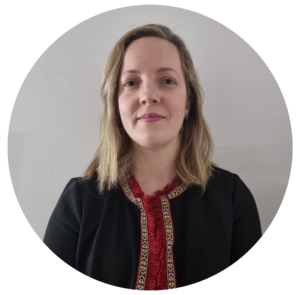
Post was written by Daniela,
Life Sciences Consultant




